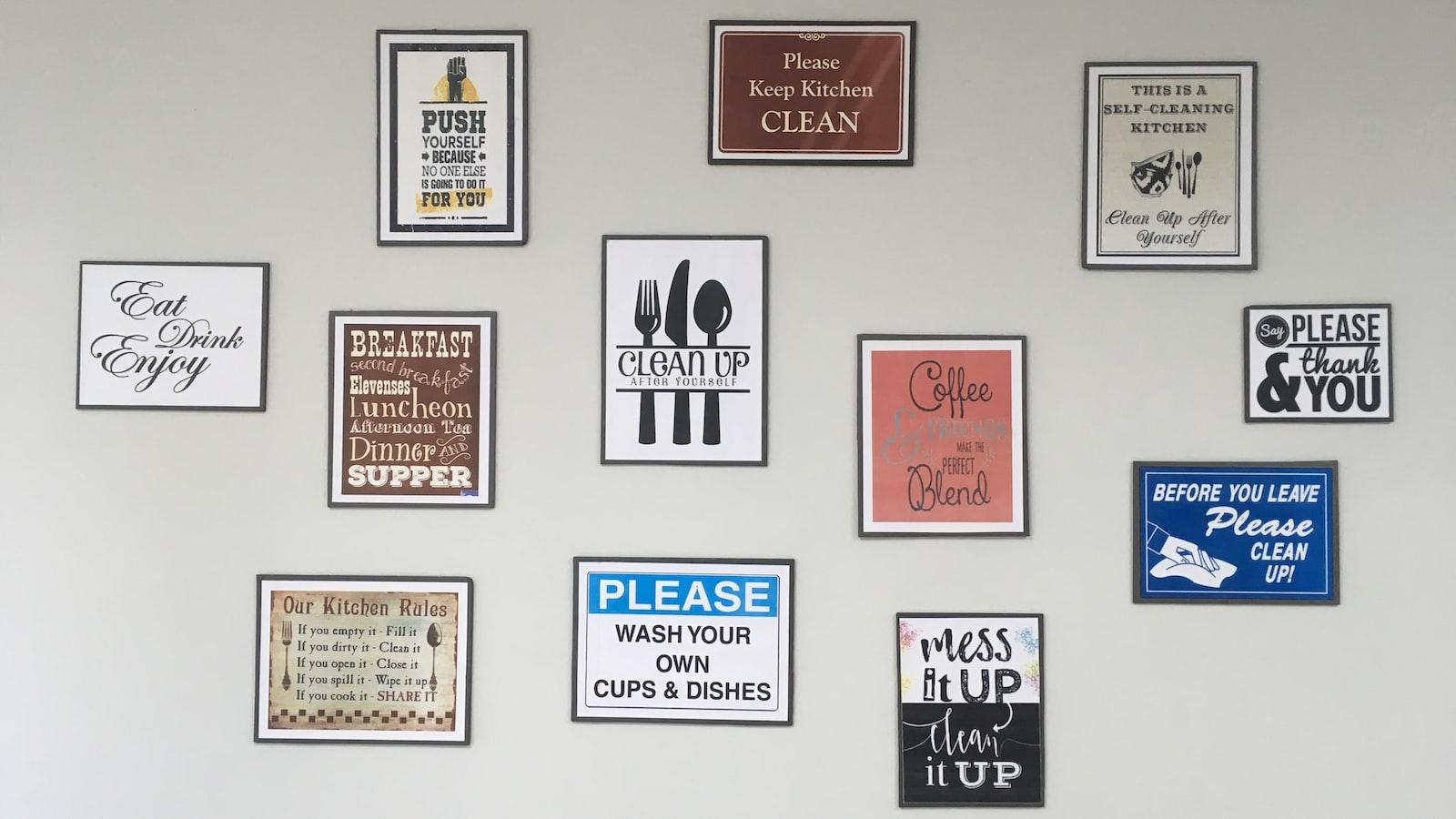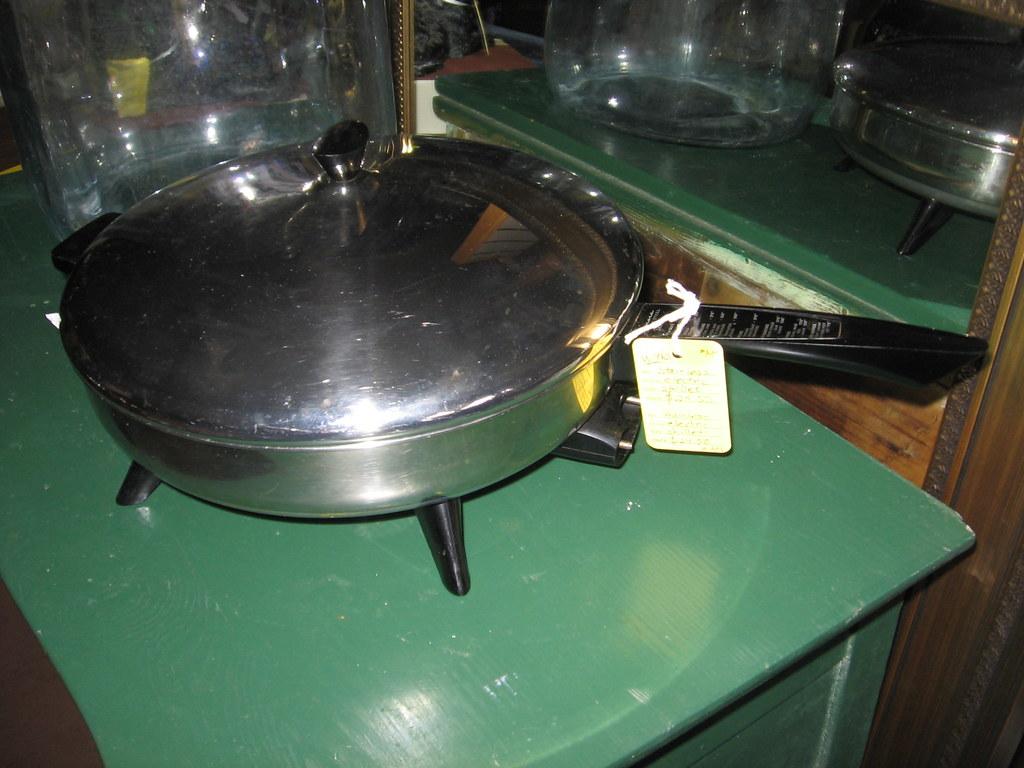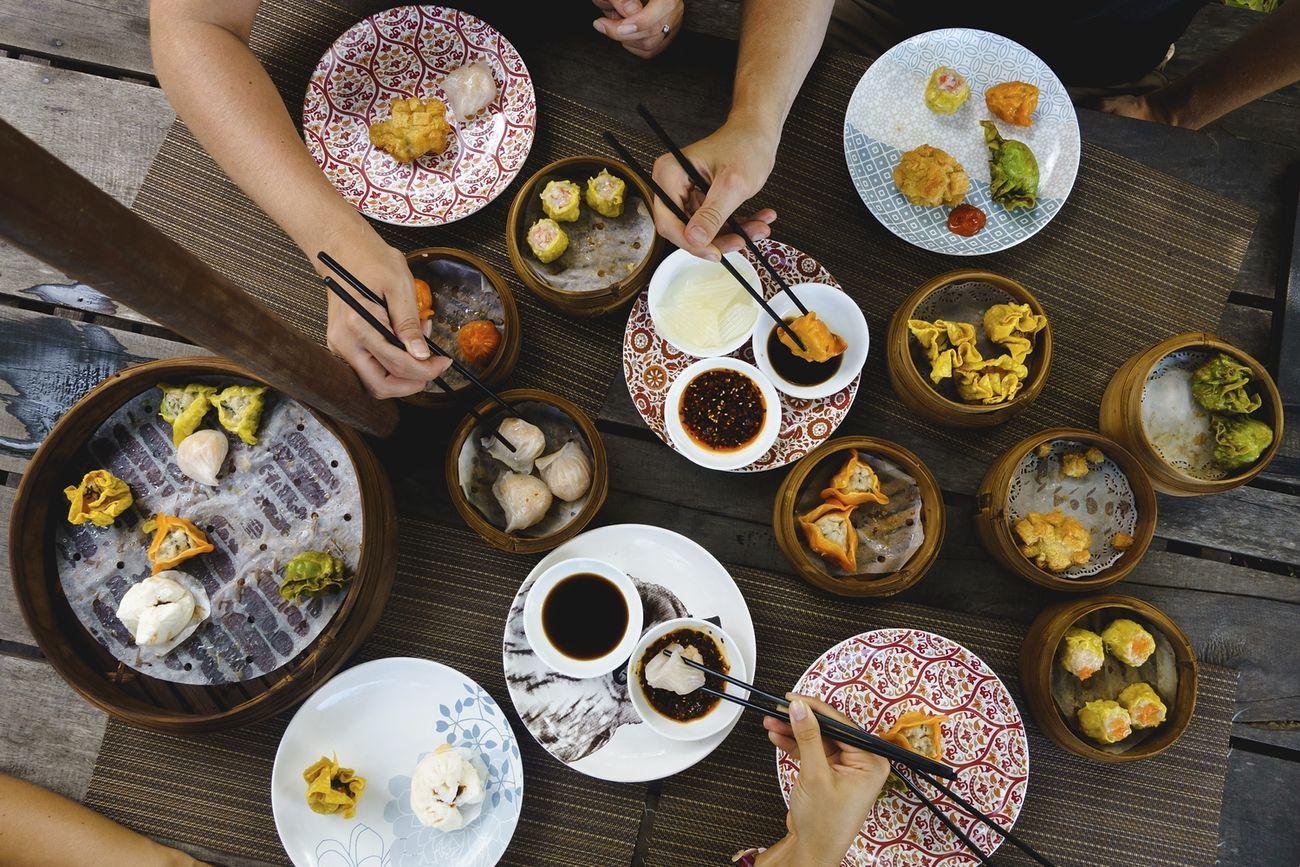
Electric skillets are versatile and convenient kitchen appliances that can make your cooking experience a breeze. Whether you are a beginner or an experienced chef, an electric skillet can simplify and enhance your culinary adventures. In this article, we will delve into the world of electric skillets, discussing their various features, benefits, and how to effectively use them. Whether you want to quickly whip up a delicious breakfast or create a gourmet feast, this guide will provide you with the knowledge and confidence to harness the power of an electric skillet in your kitchen.
Choosing the Right Electric Skillet for Your Needs
can greatly enhance your cooking experience and help you prepare delicious meals effortlessly. With a myriad of options available in the market, it can be overwhelming to make the right choice. However, by considering a few key factors, you can ensure that you select an electric skillet that suits your requirements perfectly.
Size and Capacity:
One of the first things to consider when choosing an electric skillet is its size and capacity. Think about the amount of food you typically cook and the number of people you usually serve. If you have a large family or regularly entertain guests, opting for a skillet with a larger capacity would be ideal. On the other hand, if you have limited storage space or primarily cook for yourself, a smaller-sized skillet might be more practical.Temperature Control:
Temperature control is another crucial aspect to look for in an electric skillet. Ensure that the skillet you choose offers a wide range of temperature settings, allowing you to adjust the heat according to the requirements of different recipes. This feature will enable you to achieve precise cooking results, whether you prefer to sauté, simmer, fry, or braise.Nonstick Coating:
A nonstick coating on the cooking surface is a must-have feature for an electric skillet. This coating not only prevents food from sticking to the pan, but it also makes cleaning a breeze. Look for a skillet with a durable and high-quality nonstick coating to ensure longevity and hassle-free cooking.Versatility:
Consider the versatility of the electric skillet before making a purchase. Some skillets come with additional features such as a glass lid, steamer insert, or roasting rack, which can expand your cooking possibilities. These extra attachments can prove to be extremely useful when preparing a variety of dishes, allowing you to experiment and get creative in the kitchen.Durability and Warranty:
Investing in a durable electric skillet is essential to ensure its longevity. Look for skillets made from sturdy materials that can withstand high temperatures and regular use. Additionally, check the warranty period provided by the manufacturer. A longer warranty indicates the manufacturer’s confidence in the product’s quality and can offer you peace of mind.
By keeping these factors in mind while choosing an electric skillet, you will be well on your way to finding the perfect one for your needs. Remember to assess your cooking requirements and preferences, prioritize durability and versatility, and compare different options before making a final decision. Happy cooking with your new electric skillet!

Understanding the Temperature Settings and Controls
When it comes to using an electric skillet, is crucial in order to achieve the perfect cooking results. These settings determine how hot your skillet gets, allowing you to cook a wide variety of dishes with precision. Let’s dive into the different temperature settings and controls you need to know about:
Temperature Range
Most electric skillets come with a temperature range of 200°F to 400°F (93°C to 204°C). This wide range allows you to adjust the heat according to the cooking requirements of the dish you are preparing. Lower temperatures are ideal for simmering, slow cooking, and delicate foods, while higher temperatures are suitable for searing, sautéing, and stir-frying.
Adjusting the Temperature
Electric skillets usually have a control dial or a digital display that allows you to adjust the temperature. When using a control dial, turn it clockwise to increase the heat and counterclockwise to decrease it. For digital displays, use the plus and minus buttons to reach the desired temperature. Remember to start at a lower temperature and gradually increase it if needed, to avoid overheating the skillet.
Heat Distribution
One important aspect to consider is the heat distribution of your electric skillet. Some skillets have a heating element that runs through the bottom, while others have one that extends up the sides as well. Understanding the heat distribution pattern will enable you to make informed decisions about where to place your food in the skillet. Generally, the center of the skillet tends to be hotter, so it’s useful to rotate or move the food around for even cooking.
Temperature Control Tips
To get the most out of your electric skillet, keep these temperature control tips in mind:
- Preheat the skillet before adding food. This ensures an even cooking temperature throughout.
- Consider using cooking oils with higher smoke points if you’re planning to cook at high temperatures.
- Refer to your recipe or cooking guidelines for suggested temperature settings.
- Avoid constantly adjusting the temperature during cooking. Frequent temperature changes can affect the cooking time and final result.
Using the Right Temperature for Different Dishes
Lastly, here’s a general guide for selecting the right temperature settings for common dishes:
| Dish | Temperature |
|---|---|
| Eggs (scrambled) | Medium-low (275°F / 135°C) |
| Steak (medium-rare) | Medium-high (375°F / 190°C) |
| Stir-fried vegetables | High (375°F / 190°C) |
| Soup or stew | Low (225°F / 107°C) |
| Pancakes | Medium (325°F / 163°C) |
Remember, these temperature recommendations serve as a starting point. Adjust them depending on your preferences and the specific characteristics of your electric skillet. With proper understanding of the temperature settings and controls, you’ll be able to unleash the full potential of your electric skillet and create delicious meals with ease.

Mastering Basic Cooking Techniques on an Electric Skillet
Cooking on an electric skillet can be a game-changer in the kitchen. Whether you’re a novice or a seasoned home cook, allows you to create delicious and effortlessly cooked meals. Here are some essential tips to help you make the most of your electric skillet:
1. Temperature Control
One of the key advantages of an electric skillet is its precise temperature control. Familiarize yourself with the various heat settings and how they affect your cooking. Lower temperatures are suitable for gentle simmering and slow cooking, while higher temperatures are ideal for searing, frying, and stir-frying. This versatility enables you to cook a wide range of dishes to perfection.
2. Proper Preheating
Before adding any ingredients, always preheat your electric skillet to the desired temperature. This step ensures that your food will cook evenly and prevents sticking. Allow the skillet to heat up for a few minutes before starting the cooking process. To test if the skillet is adequately preheated, sprinkle a few droplets of water on the surface – if they sizzle and evaporate almost immediately, it’s time to start cooking.
3. Optimal Heat Distribution
An electric skillet provides even heat distribution across its surface, which is essential for consistent cooking. To maximize this feature, avoid overcrowding the skillet. Overloading with ingredients can cause uneven cooking and result in a loss of flavor and texture. Cook in batches if needed or use a larger skillet for larger quantities.
4. Non-Stick Surface Maintenance
Many electric skillets come with a non-stick surface that requires proper care to maintain its effectiveness. Ensure to use non-metal utensils, such as silicone or wooden, to avoid scratching the coating. Avoid using harsh abrasive cleaners that could damage the surface. Instead, gently hand wash the skillet with mild detergent and a soft sponge or cloth to preserve its non-stick properties.
5. Experiment with Different Recipes
The best way to master cooking techniques on an electric skillet is through practice and experimentation. Take advantage of the skillet’s versatility by trying out various recipes – from fluffy pancakes for breakfast to sautéed vegetables for dinner. Don’t hesitate to get creative and adapt familiar recipes to the skillet’s unique cooking environment. Soon, you’ll gain confidence and be able to whip up delicious meals effortlessly.

Cleaning and Maintenance Tips for your Electric Skillet
Cleaning your electric skillet is essential to maintain its longevity and ensure that it continues to function properly. By following these simple tips, you can keep your electric skillet clean and in great working condition for years to come.
Start by unplugging the skillet and allowing it to cool completely before cleaning. This will help prevent any potential accidents or burns. Once cool, remove the temperature control probe and any other detachable parts, such as lids or handles, if possible.
Use a soft sponge or cloth to wipe down the interior and exterior of the skillet. For stubborn food residue, you can add a few drops of mild dish soap to warm water and gently scrub the surface. Avoid using abrasive cleaners or scouring pads, as these can scratch the non-stick coating.
Rinse the skillet thoroughly with warm water to remove any soap residue. Make sure to also clean the removable parts separately using the same gentle cleaning method. Dry all parts completely before reassembling the skillet.
To prevent the non-stick coating from deteriorating, avoid using metal utensils when cooking or cleaning your electric skillet. Instead, opt for wooden, silicone, or plastic utensils that won’t scratch the surface.
Regular maintenance is key to keeping your electric skillet in top shape. Every few months, wipe the interior with a small amount of cooking oil to maintain the non-stick properties. This will also help prevent any food from sticking during cooking.
In addition to regular cleaning, there are a few additional maintenance tips to keep in mind. Avoid immersing the electric skillet in water or submerging the temperature control probe in liquid. Instead, use a damp cloth to clean the exterior of the skillet. Always store your electric skillet in a cool, dry place, and avoid stacking other heavy items on top of it to prevent any potential damage.
By following these cleaning and maintenance tips, you can ensure that your electric skillet remains in excellent condition, allowing you to enjoy delicious meals for years to come.
Cooking Tips and Recipes for Getting the Best Results
Electric Skillet Tips and Recipes for Optimal Results
Using an electric skillet can be a game-changer in your kitchen. Whether you’re a seasoned chef or just starting out, this versatile appliance can make cooking a breeze. From quick weekday meals to impressive weekend brunches, an electric skillet opens up a world of possibilities. Here are some tips, tricks, and recipes to help you get the most out of your electric skillet.
1. Temperature Control Is Key
One of the great advantages of an electric skillet is its precise temperature control. To ensure the best results, it’s crucial to set the right temperature for each recipe. From simmering delicate sauces to searing a tender steak, adjust the heat accordingly. Take advantage of the thermostat feature and experiment with different cooking temperatures to achieve your desired results.
2. Non-Stick Surfaces Make All the Difference
Electric skillets often come with non-stick surfaces, which offer many benefits. They make cooking and cleaning a breeze, as food doesn’t stick to the pan. To maintain the non-stick coating, avoid using metal utensils as they can cause scratches. Instead, opt for wooden or silicone utensils that won’t damage the surface. With proper care, your electric skillet will provide years of cooking enjoyment.
3. Versatility in Cooking Methods
An electric skillet is not limited to just frying or sautéing. It can also be used for grilling, baking, and even slow cooking. Make the most of this versatile appliance by exploring its different functions. Prepare a delicious breakfast casserole, grill juicy burgers, or simmer a flavorful stew. The possibilities are endless when you unleash your creativity in the kitchen.
4. Amp Up the Flavor with Marinades
Marinades are a fantastic way to infuse flavor into your dishes. Take your electric skillet cooking to the next level by marinating your proteins or vegetables before cooking them. Whether it’s a simple citrus marinade or a complex blend of spices and herbs, allowing your ingredients to soak up the flavors will enhance their taste and tenderness. Get creative with your marinades and elevate the taste of your meals, one delicious recipe at a time.
5. Electric Skillet Recipes to Try
If you’re looking for inspiration, here are a few mouthwatering recipes to try with your electric skillet:
- Skillet Pizza: Create your own homemade pizza by topping a pre-made dough with your favorite ingredients. The electric skillet’s even heat distribution will result in a perfectly crispy crust.
- Fluffy Pancakes: Whip up a batch of fluffy pancakes to enjoy for breakfast or brunch. The electric skillet’s consistent heat will help achieve golden brown perfection.
- One-Pot Pasta: Make a simple yet satisfying pasta dish by cooking everything in one skillet. Combine pasta, sauce, and your preferred toppings for a quick and delicious meal.
- Stir-Fry Delight: Prepare a healthy stir-fry with vibrant veggies and your choice of protein. The electric skillet’s high heat and spacious surface area will allow for even cooking.
- Moist and Tender Chicken: Cook chicken breasts to perfection by searing them on high heat, then finishing them off with gentle simmering. The result will be juicy and flavorful chicken that’s far from dry.
Q&A
Q: What is an electric skillet?
A: An electric skillet is a versatile kitchen appliance that allows you to cook a variety of foods using heat generated by electricity.
Q: How does an electric skillet work?
A: The electric skillet consists of a flat cooking surface with built-in heating elements underneath. These heating elements distribute heat evenly across the surface, allowing you to cook your food at a specific temperature set by you.
Q: How do I set up and use an electric skillet for the first time?
A: When setting up your electric skillet, make sure the cooking surface is clean. Then, plug in the skillet and set the desired temperature. Allow it to heat up for a few minutes. Once heated, add a small amount of oil or butter to the skillet and spread it evenly across the surface. Now, you’re ready to start cooking.
Q: What are some advantages of using an electric skillet?
A: Electric skillets offer several advantages, such as even heat distribution, adjustable temperature control, and the ability to cook without a stovetop. They also provide a larger cooking surface compared to traditional pans, and their non-stick coating makes cleanup a breeze.
Q: What can I cook in an electric skillet?
A: Electric skillets are incredibly versatile and can be used to cook a wide range of dishes. You can prepare breakfast foods like pancakes, eggs, and bacon, as well as sauté vegetables, pan-fry meats, or even bake small casseroles or desserts.
Q: How do I clean an electric skillet?
A: Before cleaning, make sure to unplug the skillet and let it cool down. You can then remove the temperature control probe if it’s detachable. For regular cleaning, wipe the interior with a soft cloth or sponge using warm, soapy water. Avoid submerging the skillet in water. If there are stubborn food residues, sprinkle baking soda, or use a non-abrasive cleaning agent. Lastly, rinse with clean water and dry thoroughly before storing.
Q: Can I use metal utensils on the non-stick surface of an electric skillet?
A: It’s generally recommended to use non-metal utensils on the non-stick surface to prevent scratching it. Opt for silicone, plastic, or wooden utensils instead.
Q: Can I adjust the cooking temperature during the cooking process?
A: Yes, electric skillets usually have a temperature control dial that allows you to adjust the heat level while cooking. This feature is beneficial when you need to increase or decrease the temperature depending on the recipe or desired result.
Q: Is it safe to leave an electric skillet unattended while it’s still plugged in?
A: It is not recommended to leave any cooking appliance unattended while in use, including an electric skillet. Always ensure you are present and attentive when cooking to prevent any accidents or mishaps.
Q: Can I use an electric skillet outdoors?
A: While electric skillets are primarily designed for indoor use, some models may be suitable for outdoor use, as long as they can be safely plugged into a compatible outdoor power source.
Q: Are there any safety precautions I should keep in mind while using an electric skillet?
A: Yes, there are a few safety precautions to follow. Avoid submerging the skillet in water to prevent electrical hazards. Always unplug the skillet when not in use and handle with caution, as the surface can become hot during cooking. Additionally, keep the skillet away from flammable materials and ensure it is placed on a stable, heat-resistant surface. Read and follow the manufacturer’s instructions carefully to ensure proper usage and safety. In summary, the electric skillet is a versatile and convenient appliance that can greatly simplify your cooking experience. Whether you’re a novice in the kitchen or an experienced chef, mastering the art of using an electric skillet can open up a world of possibilities for your culinary adventures.
Throughout this article, we have delved into the essential steps required to effectively use this multifunctional device. From the initial setup to the careful maintenance, we have provided you with a comprehensive guide to make the most out of your electric skillet.
By understanding the basic operations, temperature controls, and cooking techniques specific to an electric skillet, you can effortlessly whip up scrumptious dishes that will leave your friends and family in awe. Its even heat distribution, versatility, and portability make it an invaluable asset for any kitchen.
Remember, experimentation and practice are key to familiarizing yourself with the immense potential an electric skillet offers. Don’t be afraid to put your creativity to the test and explore new recipes that cater to your preferences and dietary needs.
Moreover, it is essential to exercise caution and adhere to safety measures to ensure an enjoyable and risk-free cooking experience. Always follow the manufacturer’s instructions, handle the skillet with care, and keep it away from water sources when in use.
With the knowledge gained from this article, you can now confidently embark on your culinary journey with an electric skillet by your side. So, go ahead and unleash your culinary prowess, tantalize your taste buds, and elevate your cooking skills with the wonders of the electric skillet. Enjoy the delicious results and bon appétit!






